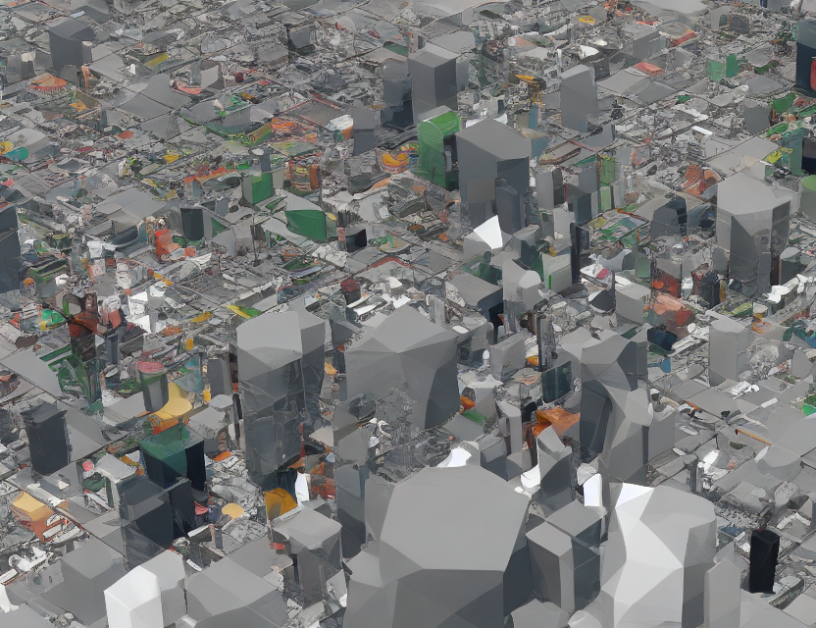In the 2010s, rap music underwent significant changes with two main trends emerging. Firstly, many rappers aimed to create viral hits by optimizing their sound for online platforms like SoundCloud. This led to the rise of "mumble rap," characterized by highly repetitive and often inarticulate flows. The second trend was the global dominance of "SoundCloud Rap," which featured a distinct vocal style that was either slurred or ferociously intense. However, this era is no longer the sole definition of rap music, as modern rap has diversified and evolved beyond these parameters.
To understand why these changes occurred, it’s essential to consider how technology has transformed the music industry. The widespread availability of free music production software has made it possible for anyone to create a hit song without expensive equipment or expertise. This democratization of music-making has led to new sub-genres like trap and drill, as well as an increased focus on social engagement through music. As a result, rap songs are now more than just pieces of music; they’re a means of connecting with fans online.
The rise of "mumble rap" has been controversial, with some critics dismissing it as a post-verbal, unmusical phenomenon. However, this style has its own unique creative potential, as rappers can experiment with repetition and rhythm in new ways. Moreover, the internet has enabled artists to share their music with a global audience, fostering a sense of community and collaboration that didn’t exist before.
In summary, the evolution of rap music in the 2010s reflects broader changes in the music industry, driven by technological advancements and shifting cultural values. While "mumble rap" has faced criticism, it represents a legitimate creative direction in rap that challenges traditional notions of lyrical prowess and musical complexity. By embracing this diversity, we can better understand the richness and vitality of contemporary rap music.
Rap Music Evolution: From Early 2000s to Global Dominance



